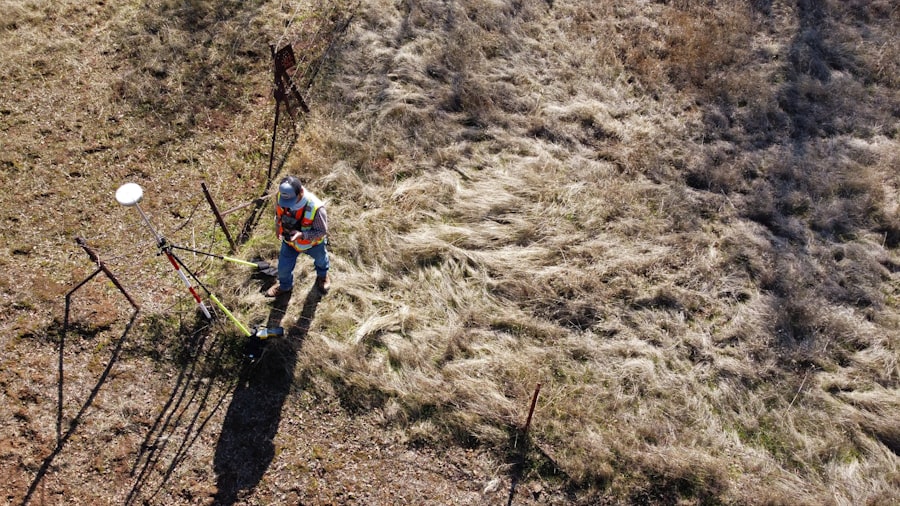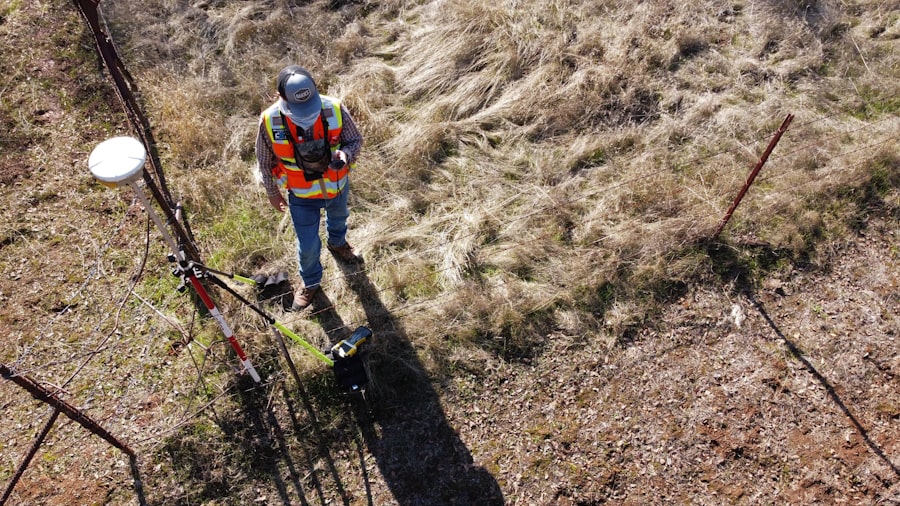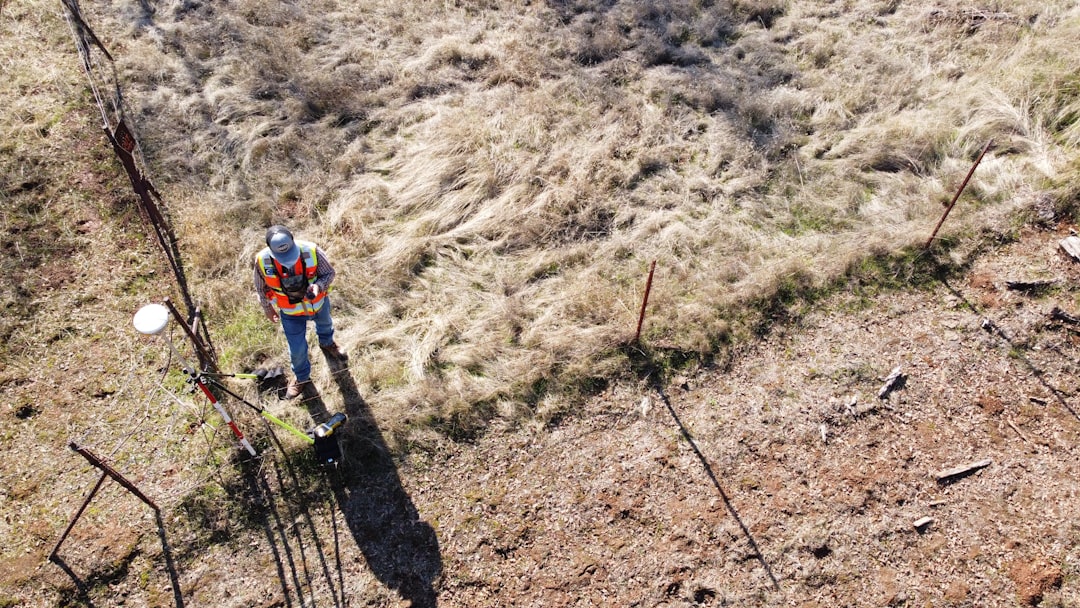Geolocation technology refers to the methods and tools used to determine the physical location of a device, typically through GPS, Wi-Fi, cellular networks, or IP addresses. This technology has evolved significantly over the past two decades, driven by advancements in mobile devices and the increasing reliance on location-based services. At its core, geolocation technology utilizes a combination of satellite signals, network triangulation, and user input to pinpoint a device’s location with remarkable accuracy.
For instance, GPS technology can provide location data within a few meters, while Wi-Fi positioning can enhance this accuracy in urban environments where satellite signals may be obstructed. The applications of geolocation technology are vast and varied. In the realm of navigation, it enables users to find directions and discover nearby points of interest.
In social media, platforms like Facebook and Instagram allow users to tag their locations in posts, enhancing user engagement and content discoverability. Moreover, businesses leverage geolocation to enhance customer experiences, offering services such as location-based promotions and personalized recommendations. As consumers increasingly expect tailored experiences, understanding the intricacies of geolocation technology becomes essential for businesses aiming to stay competitive in a rapidly evolving digital landscape.
Key Takeaways
- Geolocation technology uses GPS, RFID, Wi-Fi or cellular data to identify the geographical location of a device or user.
- Geolocation can be leveraged for targeted advertising by delivering location-specific ads to users based on their current or past locations.
- The benefits of geolocation targeted marketing include increased relevance, higher engagement, and better ROI for advertising campaigns.
- Geolocation data can provide valuable insights into consumer behavior, preferences, and purchasing patterns.
- Geolocation targeting strategies include geofencing, location-based push notifications, and personalized offers based on user location.
- Privacy concerns in geolocation marketing include the collection and use of personal location data without consent.
- Best practices for geolocation targeted marketing include obtaining user consent, transparent data usage policies, and respecting user privacy.
- Successful geolocation marketing campaigns include Starbucks’ mobile app offering personalized promotions and Sephora’s use of geofencing to drive in-store traffic.
Leveraging Geolocation for Targeted Advertising
Delivering Timely and Relevant Offers
For instance, a coffee shop can send a promotional offer to users who are within a certain radius of its location, enticing them to visit and make a purchase. This strategy not only drives sales but also provides customers with timely and relevant offers that meet their immediate needs.
Dynamic Ad Placement with Geofencing
Geolocation technology also enables dynamic ad placement that adapts to users’ movements. Retailers can utilize geofencing technology to create virtual boundaries around their stores. When potential customers enter these zones, they can receive push notifications or advertisements on their mobile devices, driving foot traffic and fostering a sense of urgency.
Maximizing Advertising Budgets
The ability to reach consumers at the right place and time is a game-changer for marketers, enabling them to maximize their advertising budgets while minimizing waste. By harnessing the power of geolocation, businesses can ensure that their advertisements are seen by the right people, at the right time, and in the right location, resulting in increased conversions and revenue.
The Benefits of Geolocation Targeted Marketing

The advantages of geolocation-targeted marketing extend beyond mere convenience for consumers; they also yield significant benefits for businesses. One of the most notable advantages is improved engagement rates. When consumers receive personalized offers based on their location, they are more likely to respond positively.
This heightened engagement can lead to increased sales and customer loyalty, as consumers appreciate brands that understand their needs and preferences. Additionally, geolocation-targeted marketing allows businesses to optimize their advertising spend. By focusing on specific geographic areas where their target audience resides or frequents, companies can allocate resources more effectively.
For instance, a local restaurant can concentrate its marketing efforts on nearby neighborhoods rather than casting a wide net that may not yield substantial returns. This targeted approach not only enhances return on investment (ROI) but also fosters a deeper connection between brands and their local communities.
Geolocation Data and Consumer Behavior
| Location | Number of Visitors | Conversion Rate |
|---|---|---|
| New York | 5000 | 25% |
| Los Angeles | 4500 | 20% |
| Chicago | 3000 | 15% |
Understanding consumer behavior is crucial for effective marketing strategies, and geolocation data provides valuable insights into how individuals interact with their environments. By analyzing location data, businesses can identify patterns in consumer movement and preferences. For example, retailers can track foot traffic trends to determine peak hours or popular shopping days, allowing them to adjust staffing levels and inventory accordingly.
Moreover, geolocation data can reveal consumer preferences based on location-specific factors. A clothing retailer may find that certain styles are more popular in urban areas compared to suburban regions. By leveraging this information, businesses can tailor their product offerings and marketing messages to align with local tastes and preferences.
This data-driven approach not only enhances customer satisfaction but also drives sales by ensuring that the right products are available in the right locations.
Geolocation Targeting Strategies
Implementing effective geolocation targeting strategies requires a multifaceted approach that combines technology with creativity. One common strategy is geofencing, which involves creating virtual boundaries around specific locations. When users enter these boundaries, they receive targeted advertisements or notifications on their mobile devices.
This technique is particularly effective for brick-and-mortar businesses looking to drive foot traffic. Another strategy is location-based retargeting, which allows businesses to re-engage users who have previously interacted with their brand while in a specific location. For instance, if a consumer visits a store but leaves without making a purchase, the retailer can send follow-up ads or offers to entice them back.
This approach capitalizes on the consumer’s prior interest while leveraging their location data to deliver timely reminders. Additionally, businesses can utilize location-based social media advertising to reach users who are actively engaging with content related to specific locations. Platforms like Instagram and Facebook allow advertisers to target users based on their geographic locations and interests, enabling brands to connect with potential customers in meaningful ways.
Privacy Concerns and Geolocation Marketing

Addressing Consumer Fears and Apprehensions
Many individuals are hesitant to share their location data due to fears of surveillance or misuse of information. To alleviate these concerns, companies must prioritize transparency in their data collection practices. This includes clearly communicating how location data will be used and obtaining explicit consent from users.
Implementing Robust Security Measures
In addition to transparency, businesses should implement robust security measures to protect consumer data from breaches or unauthorized access. This is essential for building trust and ensuring that location data is used responsibly.
Fostering an Environment of Trust and Accountability
By prioritizing transparency, security, and accountability, companies can mitigate privacy concerns while still reaping the benefits of geolocation marketing. By doing so, businesses can create an environment where consumers feel comfortable sharing their location data, leading to more effective and targeted marketing strategies.
Best Practices for Geolocation Targeted Marketing
To maximize the effectiveness of geolocation-targeted marketing campaigns, businesses should adhere to several best practices. First and foremost, obtaining explicit consent from users before collecting location data is crucial. This not only aligns with legal requirements but also demonstrates respect for consumer privacy.
Another best practice is to ensure that the content delivered through geolocation targeting is relevant and valuable to the consumer. Irrelevant ads can lead to frustration and disengagement, undermining the effectiveness of the campaign. Personalization based on user preferences and behaviors can significantly enhance engagement rates.
Furthermore, businesses should continuously analyze and optimize their geolocation marketing strategies based on performance metrics. A/B testing different approaches can provide insights into what resonates best with consumers in specific locations. By remaining agile and responsive to consumer feedback, companies can refine their strategies for maximum impact.
Case Studies: Successful Geolocation Marketing Campaigns
Several brands have successfully harnessed geolocation technology to create impactful marketing campaigns that resonate with consumers. One notable example is Starbucks’ use of geofencing technology to drive foot traffic into its stores. By sending targeted promotions to customers who are within proximity of a Starbucks location, the company has seen significant increases in sales during promotional periods.
This strategy not only boosts immediate sales but also reinforces brand loyalty among customers who appreciate personalized offers. Another compelling case study is that of McDonald’s “I’m Lovin’ It” campaign, which utilized geolocation data to tailor advertisements based on local preferences and events. By analyzing foot traffic patterns and local trends, McDonald’s was able to create region-specific promotions that resonated with consumers in different markets.
This localized approach not only increased engagement but also strengthened McDonald’s position as a community-oriented brand. In the retail sector, Target has effectively used geolocation data to enhance its marketing efforts by analyzing shopping patterns among its customers. By understanding when and where customers shop most frequently, Target has been able to optimize inventory levels and tailor promotions accordingly.
This data-driven approach has resulted in increased sales and improved customer satisfaction as shoppers find products that meet their needs more readily.
By leveraging location data effectively while prioritizing consumer privacy and engagement, brands can create meaningful connections with their audiences that drive both immediate results and long-term loyalty.
Geolocation is a fascinating technology that has revolutionized the way we navigate the world around us. For a deeper understanding of the philosophical implications of scientific advancements like geolocation, check out this insightful article on the introduction to the philosophy of science. This article delves into the nature of scientific explanation, induction, and deduction, providing a thought-provoking perspective on the intersection of science and philosophy.





















+ There are no comments
Add yours